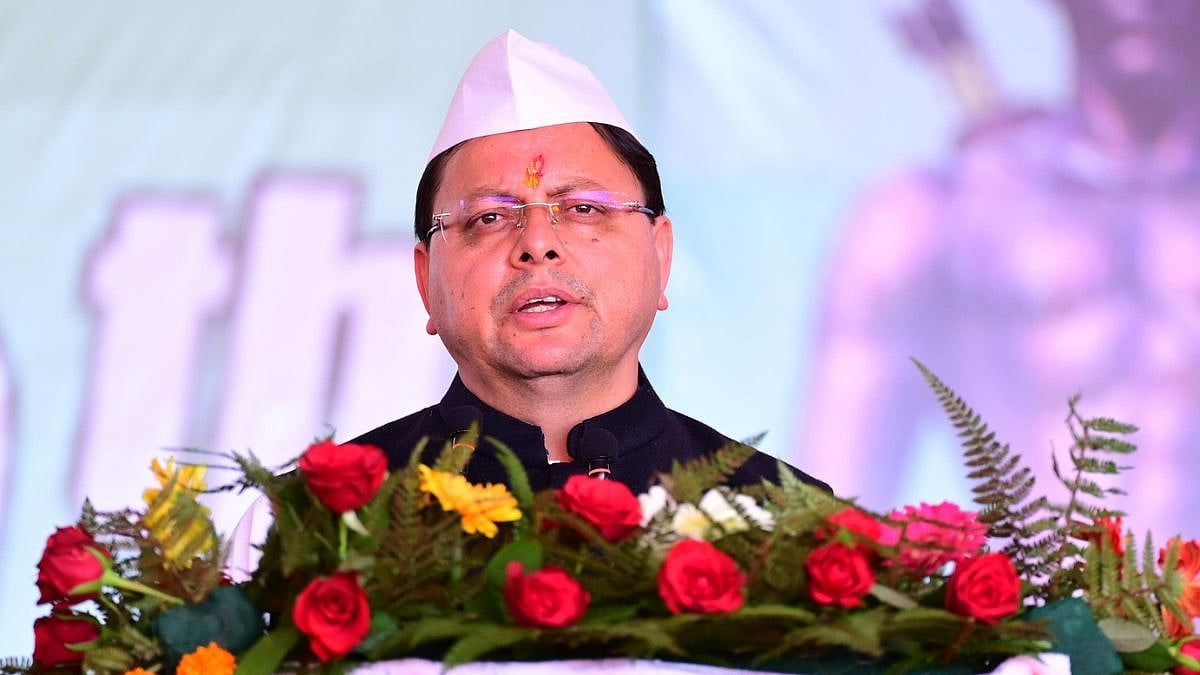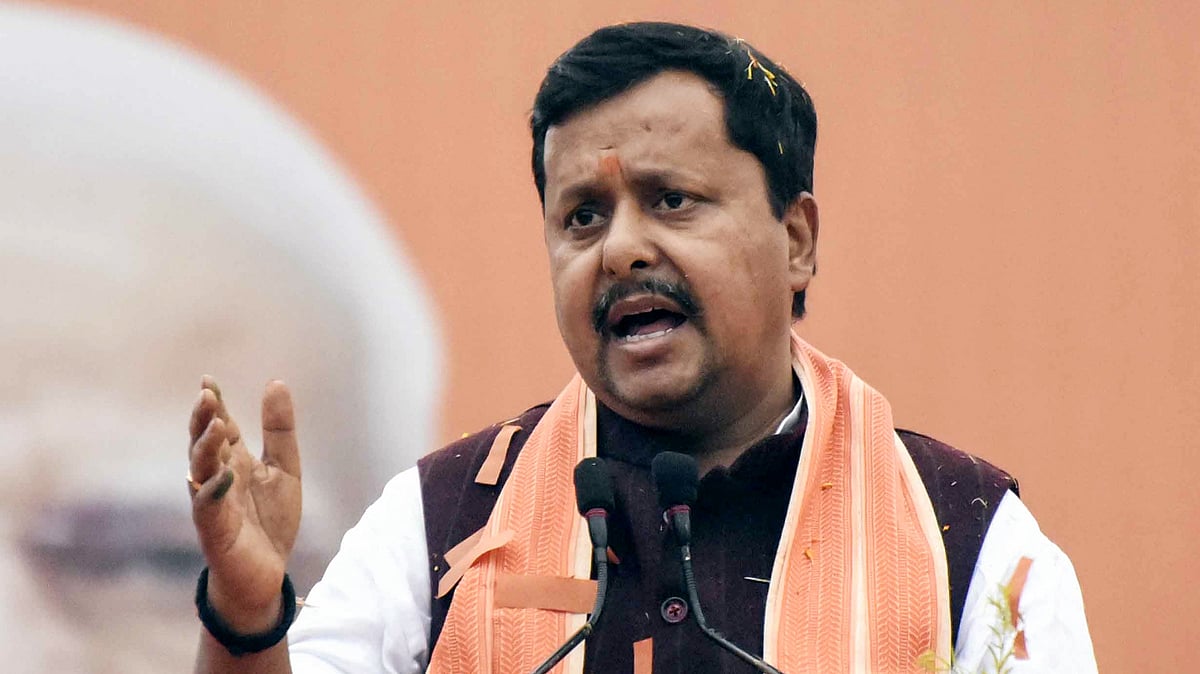This is Finance Minister Nirmala Sitharaman’s fifth budget, and the last full plan before the general elections of 2024. There was an expectation that it would be a full throttle populist budget. And that any fiscal deficit limit would be thrown to the winds. Thankfully it is not the case. The fiscal deficit target of less than 6 percent of expected GDP next year is reasonably restrained, although it could have been a more stretched target. Fiscal austerity is a must for several reasons. The debt to GDP ratio has already climbed to 90 percent. High deficit adds to the borrowing requirement which in turn adds to the debt mountain. As the mountain grows so does the cost of servicing the debt i.e., interest payments. The interest burden next year is a whopping 10 lakh crore, equal to the entire capital spending of the Centre. In fact, much of the deficit is eaten away by interest payment obligations. It is as if the interest burden and the deficit mutually reinforce each other, and soon we might be in a debt trap, i.e. simply borrowing to pay for interest alone. Hence fiscal consolidation is a must. High fiscal deficits are also a penalty imposed on future unborn generations. Hence the FM promised to bring down the deficit steadily in the next few years. That needs economic growth to pick up, so that tax revenues are buoyant and the government does not have to depend on borrowings.
Another reason to be cautious about fiscal expansion is that it is counterproductive to tackling inflation. It acts against the policy of tightening money supply. On this count the budget plan has done a reasonably good job of fiscal restraint and growth inducing fiscal expansion.
The biggest example of fiscal push for growth is the 33 percent increase in capital outlay which lays the foundation for future growth. This is at 10 lakh crore, and one fourth of all spending. The credit allocation to the farm sector will also rise to 20 lakh crore which is the highest it has been. This too should help increase farm productivity, value addition in agro-processing and farmers’ incomes. As such, the PM KISAN scheme of direct cash transfers continues to go to more than 11 crore farm households.
As was pointed out in an earlier column, that one big macro backdrop to the budget is the continuously widening income and wealth inequality. Hence a bigger emphasis on social security was expected. But the budget disappoints by drastically cutting down on the rural employment guarantee scheme (a proxy for unemployment insurance which does not exist in India) and also less allocation on national health and education missions.
Perhaps the Centre believes that these are in the domain of States’ budgets and hence is left to the States. Of course the Finance Minister reminded us about impressive achievements in financial inclusion via no frills bank accounts, subsidised cooking gas cylinders, toilets and such like. Even the dramatic expansion in low cost housing scheme is in that direction, and it has the additional aspect of being an asset creating public spending. In that spirit the increase in capital outlay, especially on road and rail, is quite welcome. It constitutes one fourth of the budget, the highest share so far. The budget has also substantially increased credit flow to agriculture, which too will lead to more capital formation.
The big news was increasing the minimum threshold for paying income tax. Since high inflation in the past three years has eaten away real purchasing power, it was expected that the slabs which are nominal would be revised. But raising the minimum level to 7 lakh rupees, which is 350 percent of the per capita income of the country (as mentioned by the FM herself) makes India an outlier among peer nations. None of the G20 countries give such a generous exemption to income tax payers. The Economic Survey a few years ago had pointed out that India has only 7 taxpayers for every 100 voters. This is in sharp contrast to developed nations, or in Scandinavia where the ratio is nearly 1 to 1. So widening the tax base is an absolute imperative, something that every budget seems to ignore. Indeed the share of indirect taxes in total tax is at 55 percent now, and has been rising. This is regressive, and cannot be justified because indirect taxes like GST are easy to administer and collect. The Centre’s share of GST is now at nearly 10 trillion in addition to still high excise duties on petrol and diesel. All of this is extra and disproportionately burdensome to the poor. The budget is not populist but is certainly expansionist. In that respect it will create inflationary pressures, which too hurt the poor more.
Apart from the enhancement to capital outlays, there is a welcome focus on green growth and sustainable development. India has committed to a net zero emission economy in the next fifty years, so our GDP must be greener. Hydrogen has the promise of an ideal fuel which when burnt produces just clean water vapor. All forms of renewable energy sources, such as solar, wind, biofuels, agro-waste and hydrogen must coexist to achieve our ambitious climate targets. Hence on this the budget sent the right signals.
The budget is merely a plan. Achieving the plan depends on not just domestic business, consumer sentiments and political winds but also the global situation. The Ukraine war is now in its second year, and America is sending tanks. Oil prices might still jump despite recessionary winds. China is waging a cold war in technology with the West and fighting new challenges like a shrinking workforce and effects of a zero covid policy. How the year plays out is very uncertain, but India’s domestic thrust and momentum should ensure a fast- growing economy. And if that happens all the budget targets will be met.









